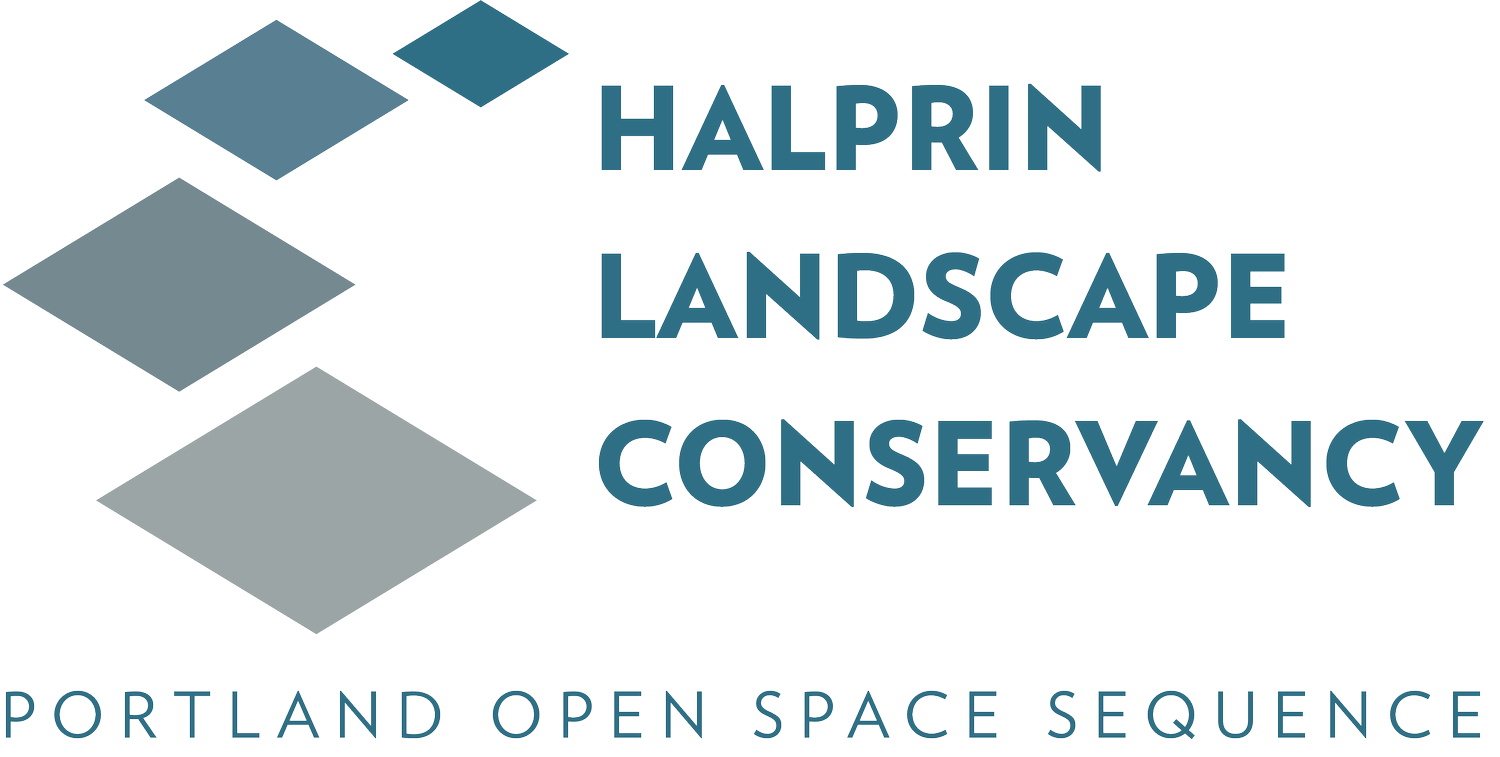
KELLER FOUNTAIN
A product of urban renewal, this massive land clearing project was realized with $12 million in federal funds targeted for the South Auditorium District. Named after the Civic Auditorium abutting its northern edge, this park in Portland’s “city within a city” was not originally part of the Open-Space Sequence planned by Lawrence Halprin and Associates. But, because of the popularity of these other interconnected spaces, Halprin was brought back by Portland Development Commission Chairman Ira Keller. In collaboration with an associate Angela Danadjieva, Halprin designed a park that solved the site’s complex grades with a powerful urban waterfall. 13,000 gallons of water per minute cascade through its terraces and platforms, suggesting the Northwest's abundant waterfalls. Collectively, the Forecourt along with the Source Fountain, Lovejoy Fountain Plaza, and Pettygrove Park were meant to evoke a metaphorical watershed. The concrete fountain became an instant city landmark and an internationally acclaimed open space.
Halprin had previously designed San Francisco’s Ghirardelli Square and Minneapolis’ Nicollet Mall, but it was the opening of the Auditorium Forecourt Fountain in June 1970 that would catapult Halprin onto the international stage. Accolades followed in Life Magazine, while the New York Times architecture critic Ada Louise Huxtable dubbed it “one of the most important urban spaces since the Renaissance.”
This new type of people’s park, where nature is abstracted with a geometric naturalism, was based on Halprin’s studies of the High Sierra’s spring cascades. Halprin saw these plaza spaces as theatre sets for choreographing human movement – and unlike being fountains solely for viewing, these were designed for interaction.
In 1978, the fountain was renamed after Ira C. Keller (1899-1978), civic leader and first chairman of the Prosper Portland (Portland Development Commission) (1958-72). Keller pushed through the renewal plan for the South Auditorium area of downtown which included the construction of the Forecourt Fountain. Despite the removal of a unique urban ethnic enclave and historic cast iron buildings, the South Auditorium project was hailed as a success. Keller summed up the local consensus: “the project is particularly important because it has begun to stem the flow of families from the downtown area to the suburbs”. It has been said that "it was Keller's enormous energy that made urban renewal work in Portland."
Whatever its chief sponsor’s view, the project was actually an ambitious first attempt to change the fate of the core city. Its slate of projects of multi-family housing, offices, business and jobs development, retail establishments, as well as parks and plazas, were fresh, exciting additions to the city. Its most notable ornament, the Forecourt Fountain, became a source of civic pride for years. Ninety-seven percent of the funding for the redevelopment in the district came from private sources. The result added $394 million of assessed property value to the tax rolls by 1974.
In 2001, the Lawrence Halprin Landscapes Conservancy was formed to preserve and safeguard Halprin’s Portland legacy. The Keller Fountain/Portland Open Space Sequence was listed in the National Register of Historic Places in March 2013.






